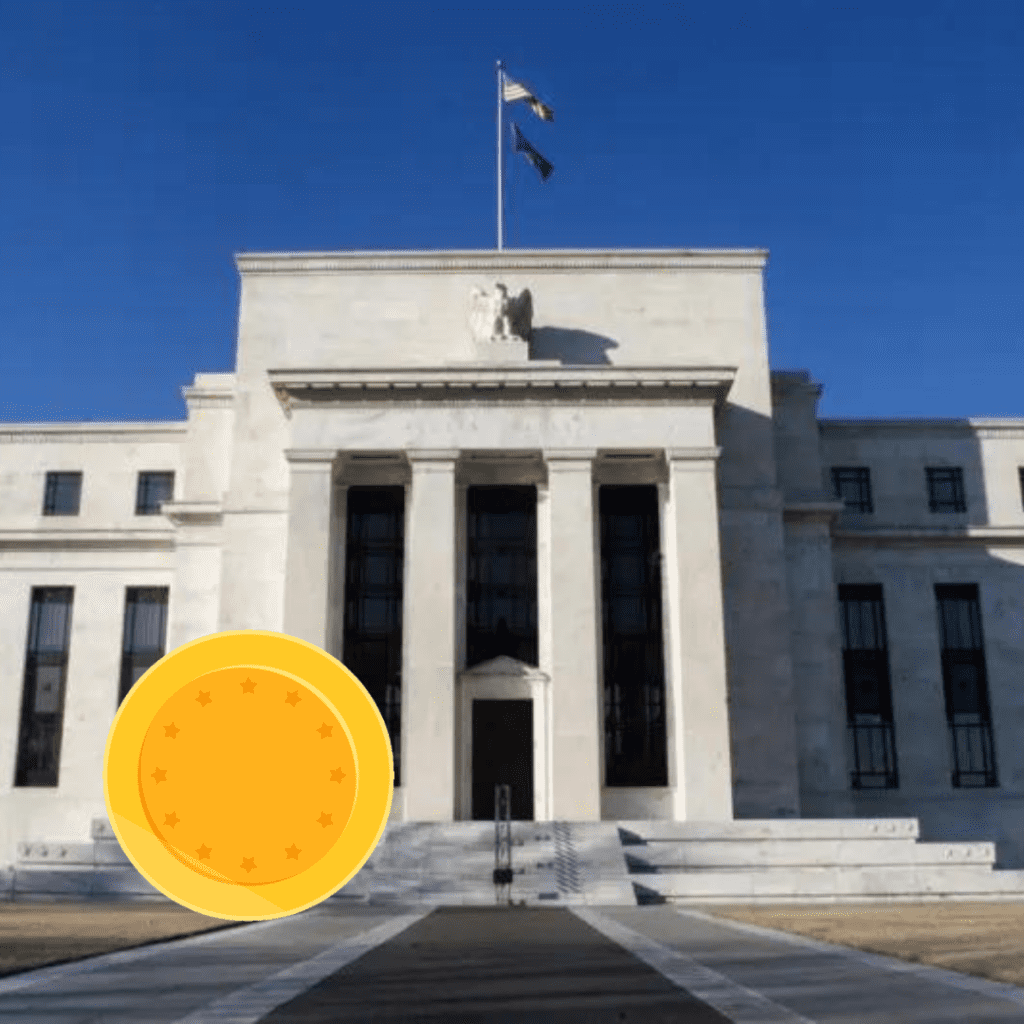
NATIONAL – The Federal Reserve issued its white paper outlining the potential benefits, risks and policy considerations for a U.S. central bank digital currency (CBDC). The board is asking the public to offer responses to a list of 22 questions, by May 20, as it works to evaluate a potential CBDC.
The paper is billed as as “the first step in a public discussion between the Federal Reserve and stakeholders about central bank digital currencies, but does not take a stance on its adoption.
Instead, it provides a look at benefits such as speeding up the electronic payments system at a time when financial transactions around the world already are highly digitized. Some of the downsides discussed are financial stability risks and privacy protection while guarding against fraud and other illegal issues.
“The Federal Reserve’s initial analysis suggests that a potential U.S. CBDC, if one were created, would best serve the needs of the United States by being privacy-protected, intermediated, widely transferable and identity-verified,” the paper says.
The intermediaries could be commercial banks or other nonbank payment entities – the Fed does not want consumers setting up personal accounts at central bank locations to access these CBDCs. It would prefer that existing banks and similar financial firms maintain their role.
The report noted that the dollar is currently the most widely used payment and investment tool in the world, as well as being the global reserve currency. This universality gives the U.S. the ability to influence “standards for the global monetary system,” the report said.
“It is important, however, to consider the implications of a potential future state in which many foreign countries and currency unions may have introduced CBDCs. Some have suggested that, if these new CBDCs were more attractive than existing forms of the U.S. dollar, global use of the dollar could decrease – and a U.S. CBDC might help preserve the international role of the dollar,” the paper said.
Senator Pat Toomey (R-Pa.) raised concerns about the privacy aspect of the Fed’s CBDC proposal.
“While the report mentions the importance of CBDC privacy, I’m concerned the Fed does not clearly explain how it would protect consumer transaction data. There’s also a question in my mind whether the Fed’s report implies that a CBDC would not allow for direct peer-to-peer transactions. This characteristic is fundamental,” said Toomey.
Read the white paper here: https://www.federalreserve.gov/publications/files/money-and-payments-20220120.pdf
To provide feedback about CBDC visit https://www.federalreserve.gov/apps/forms/cbdc

